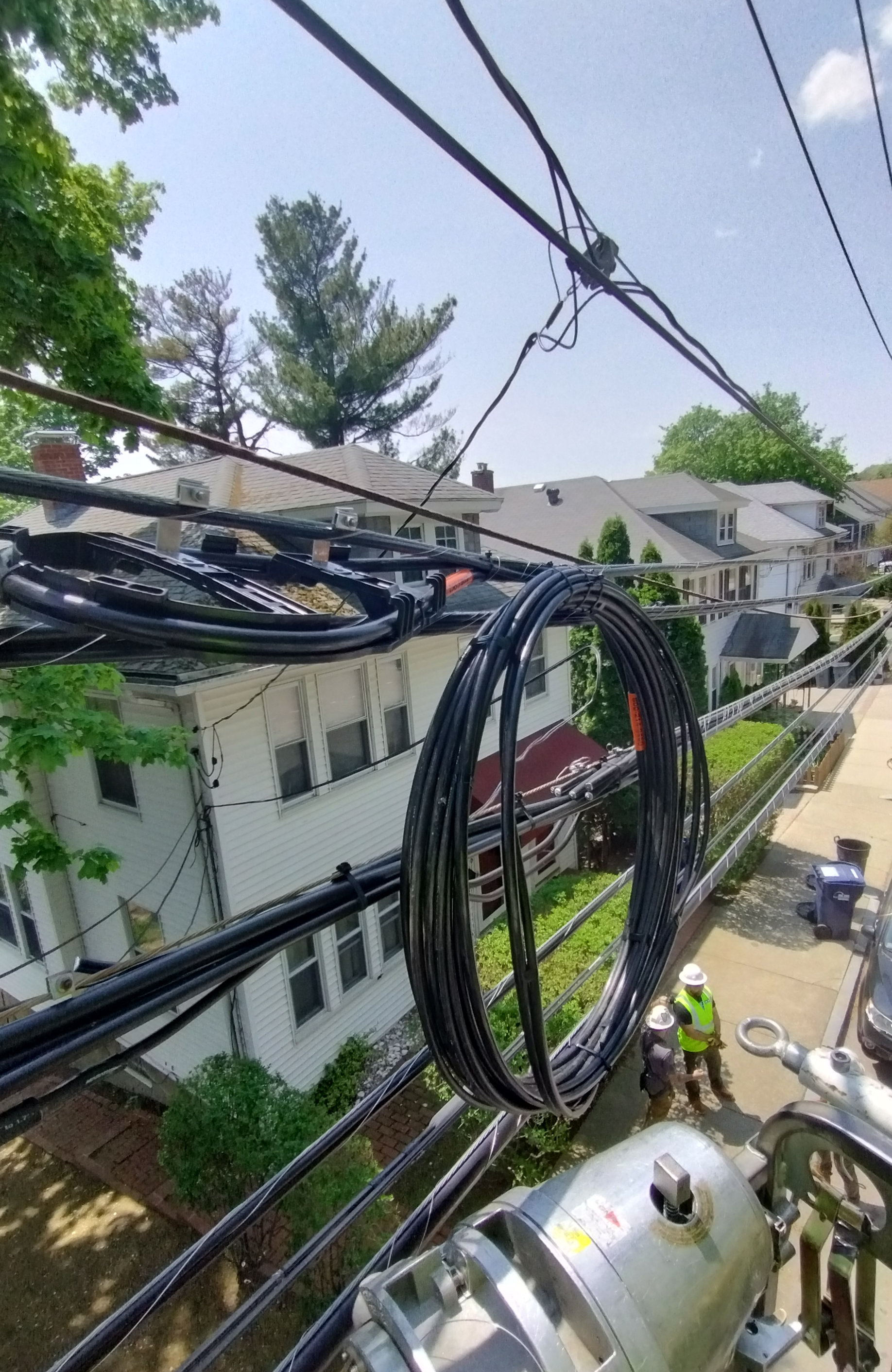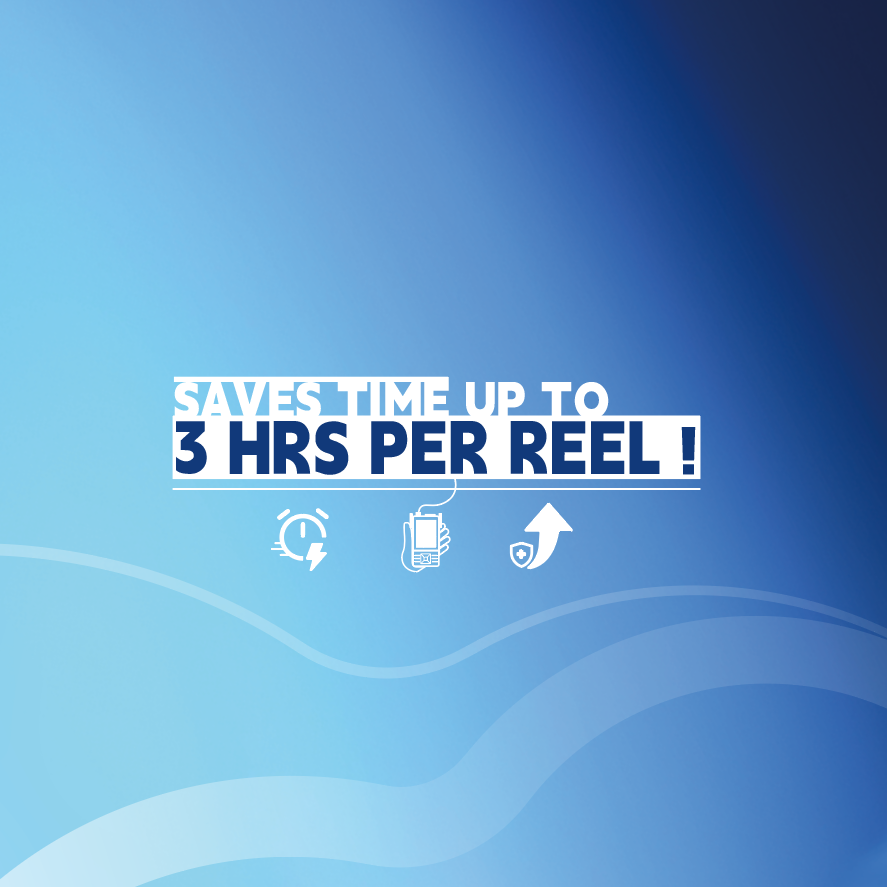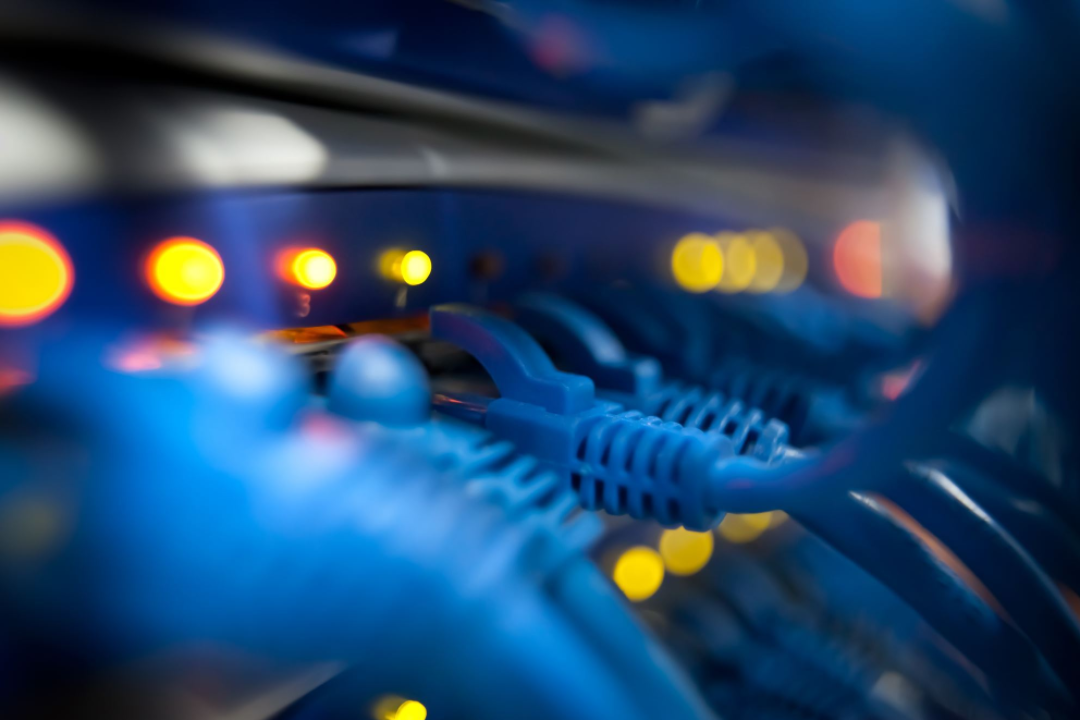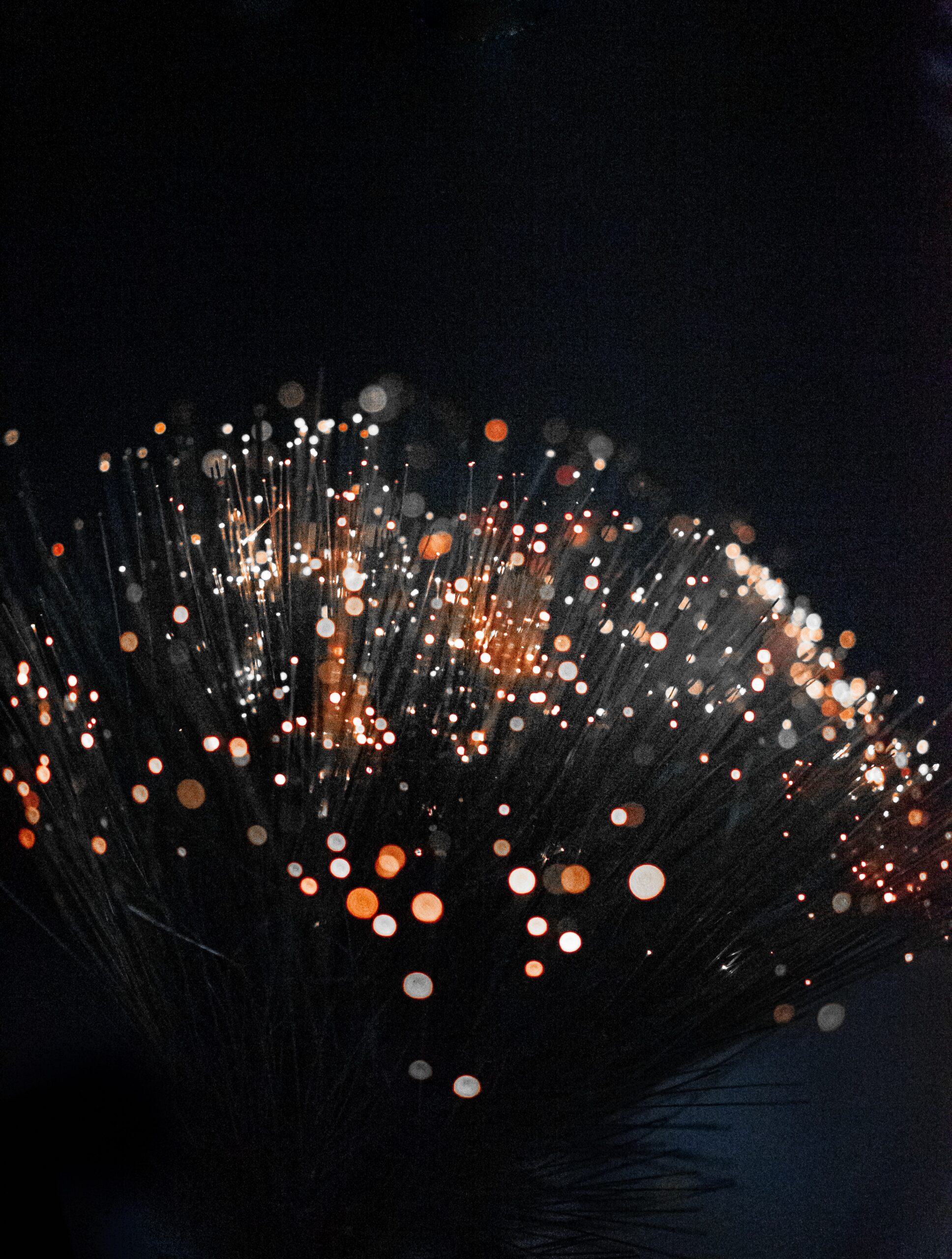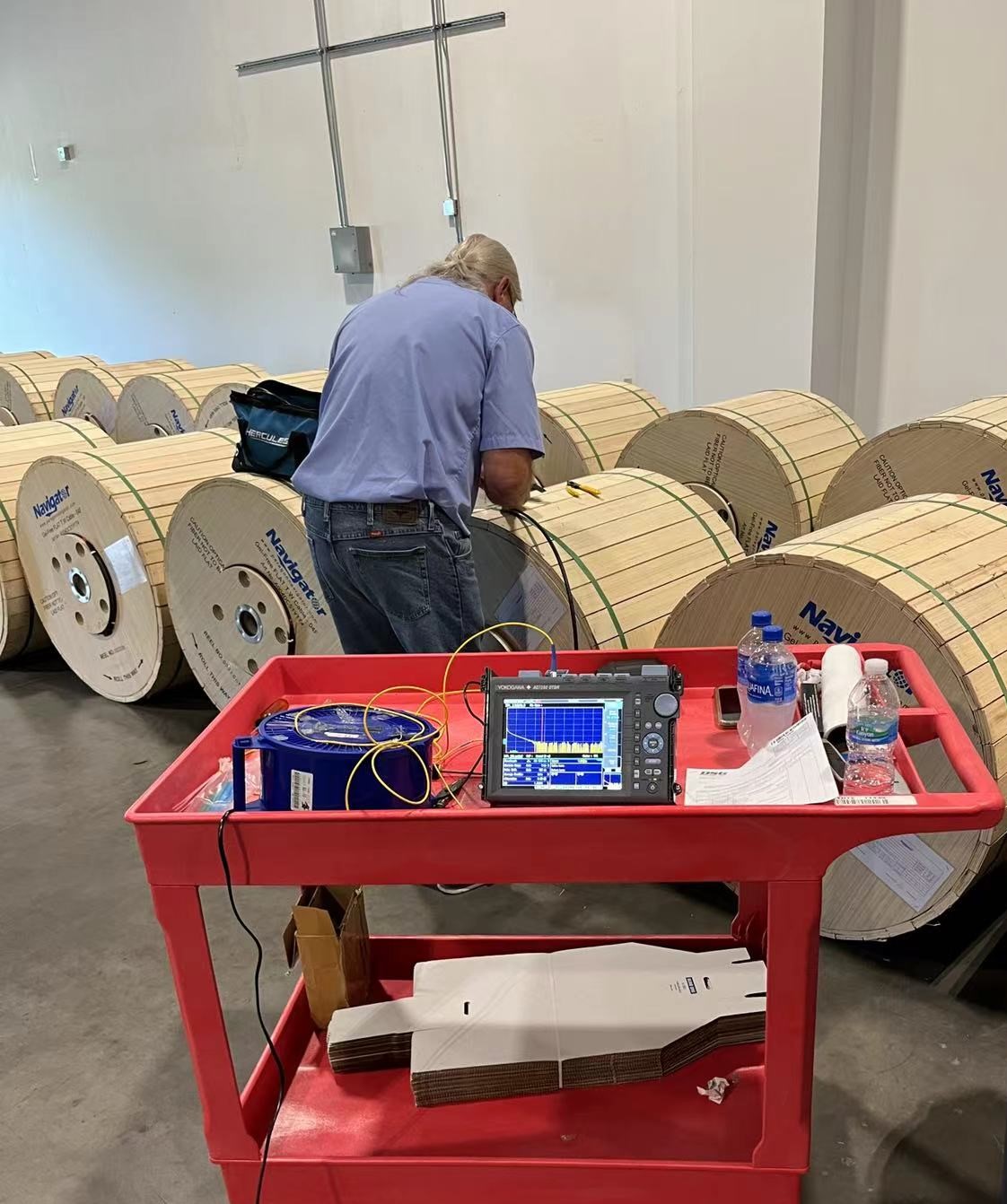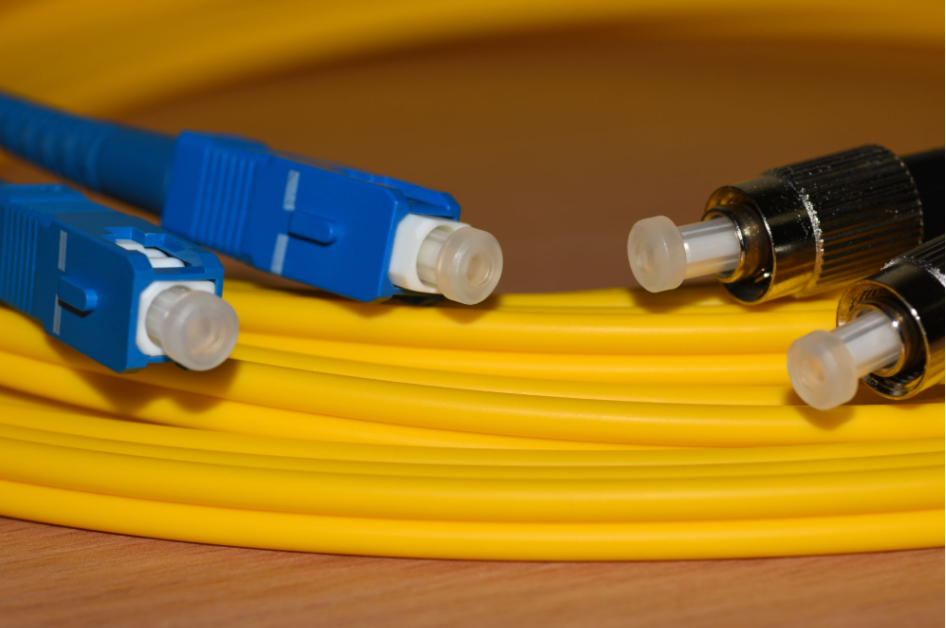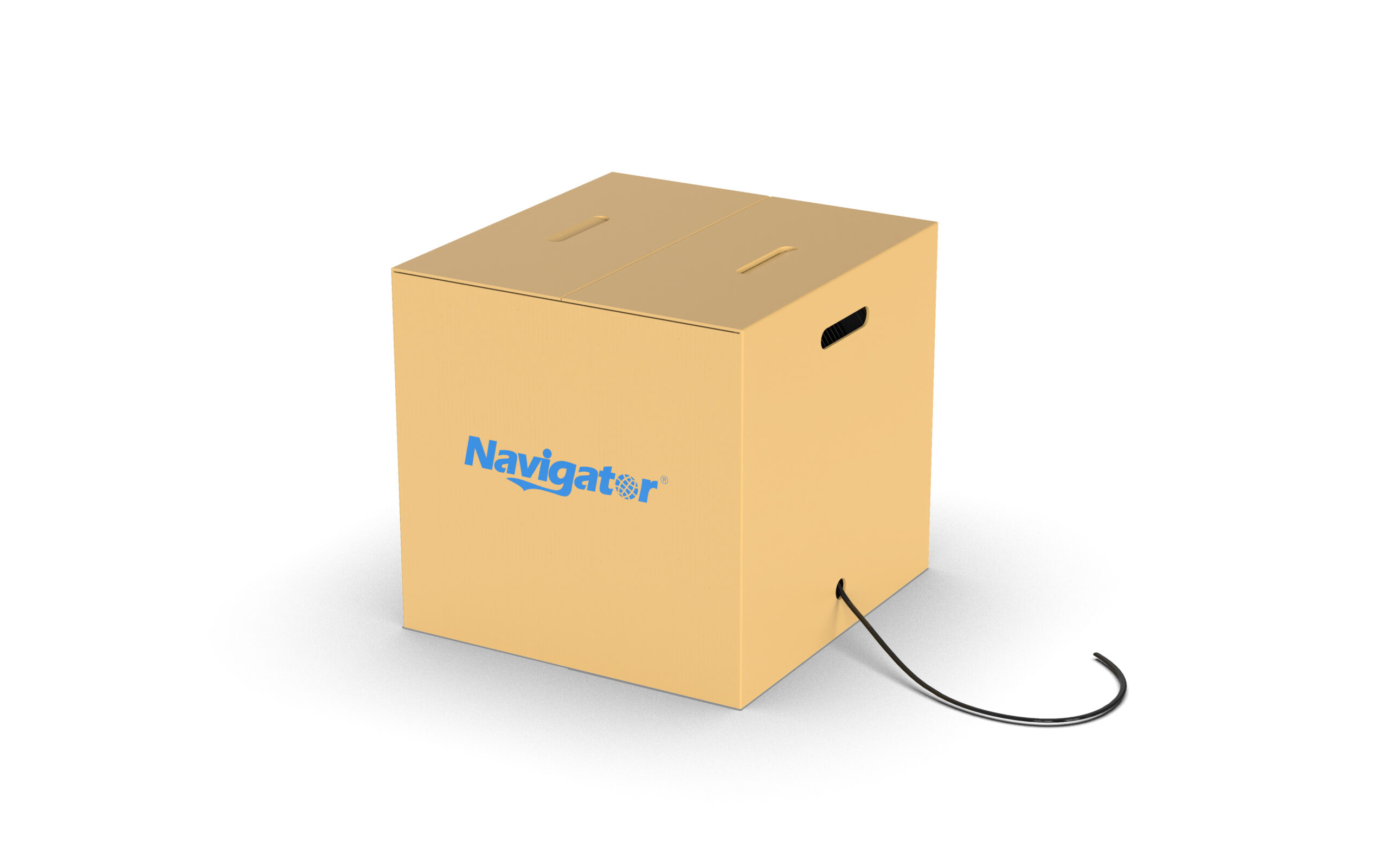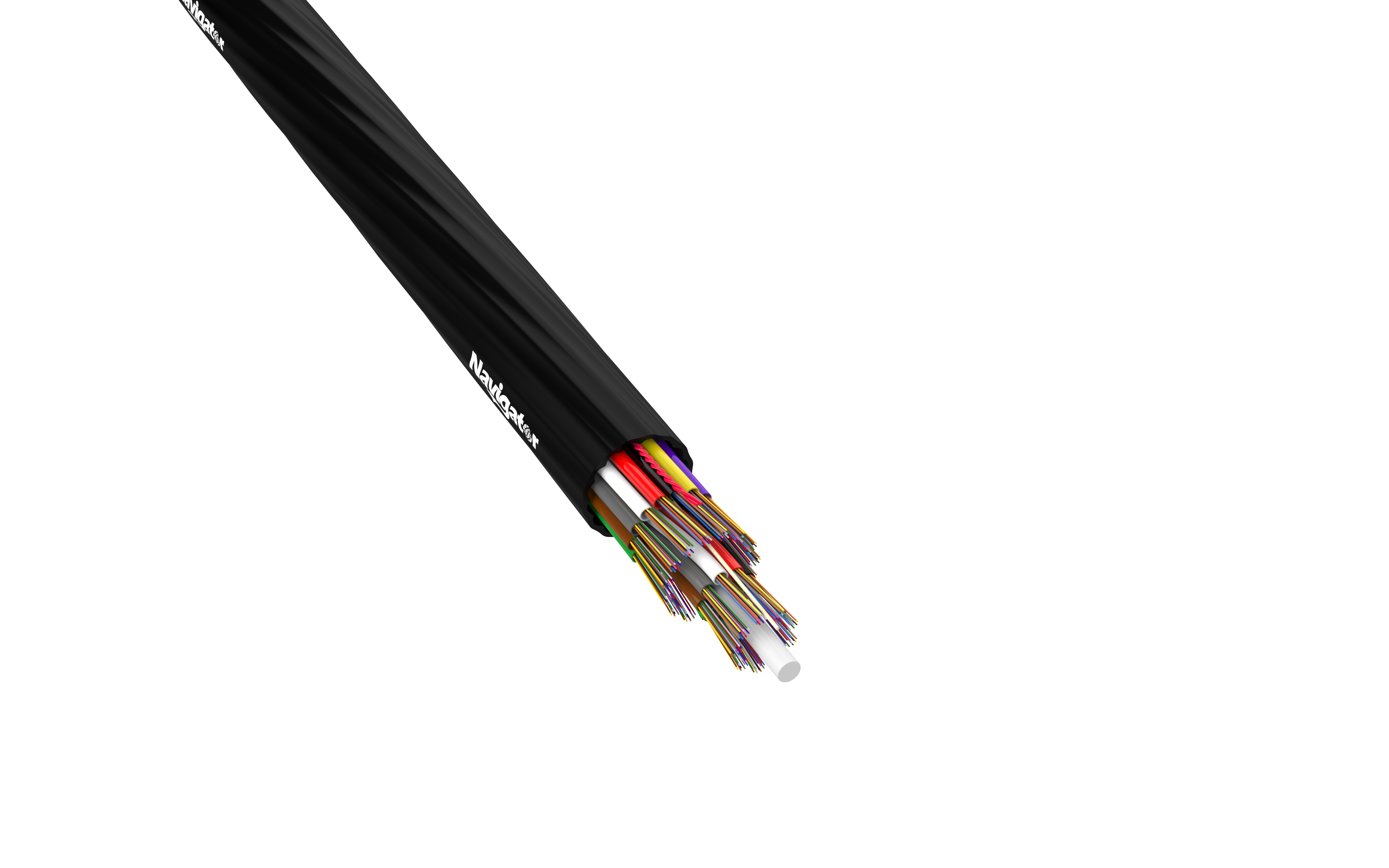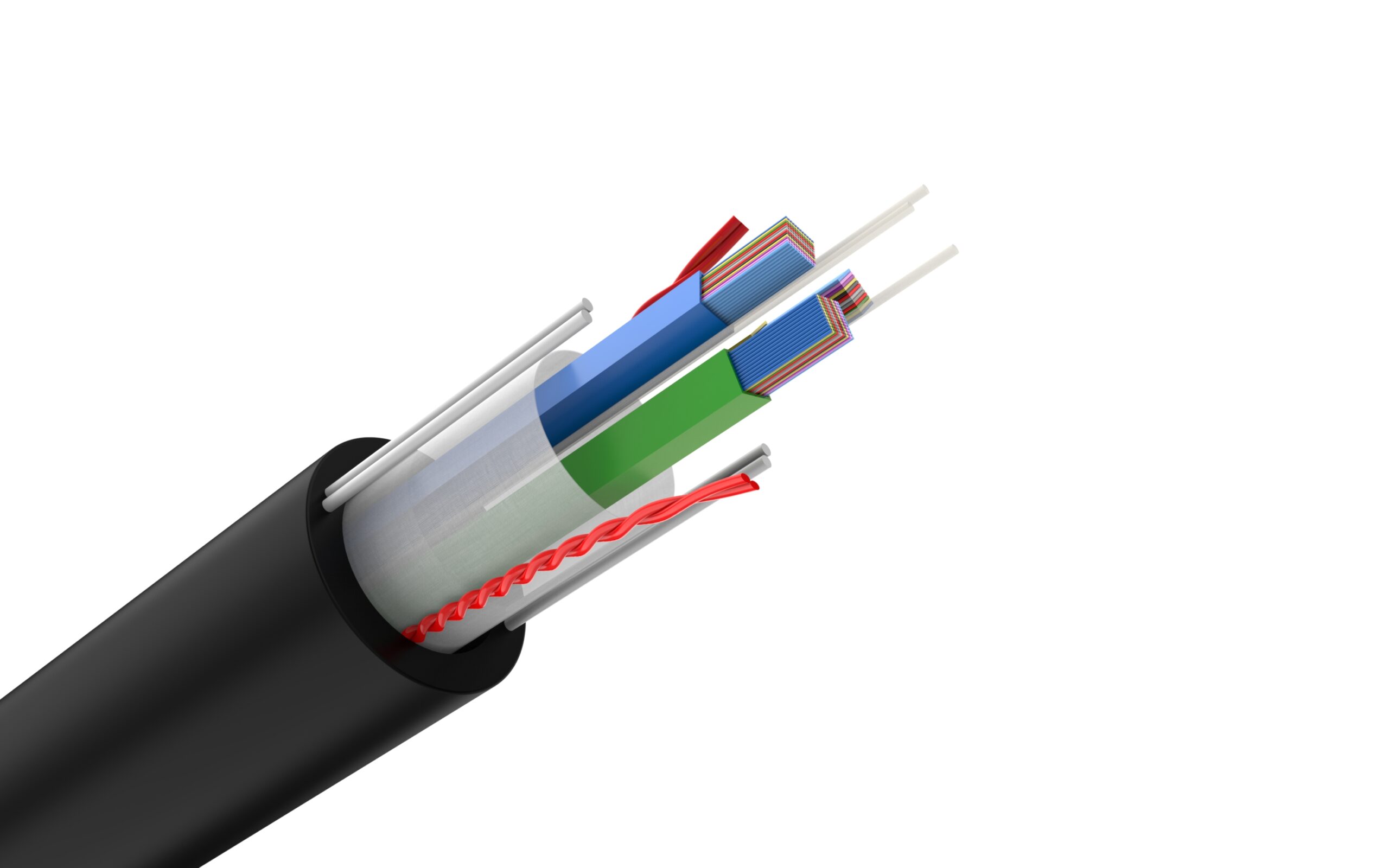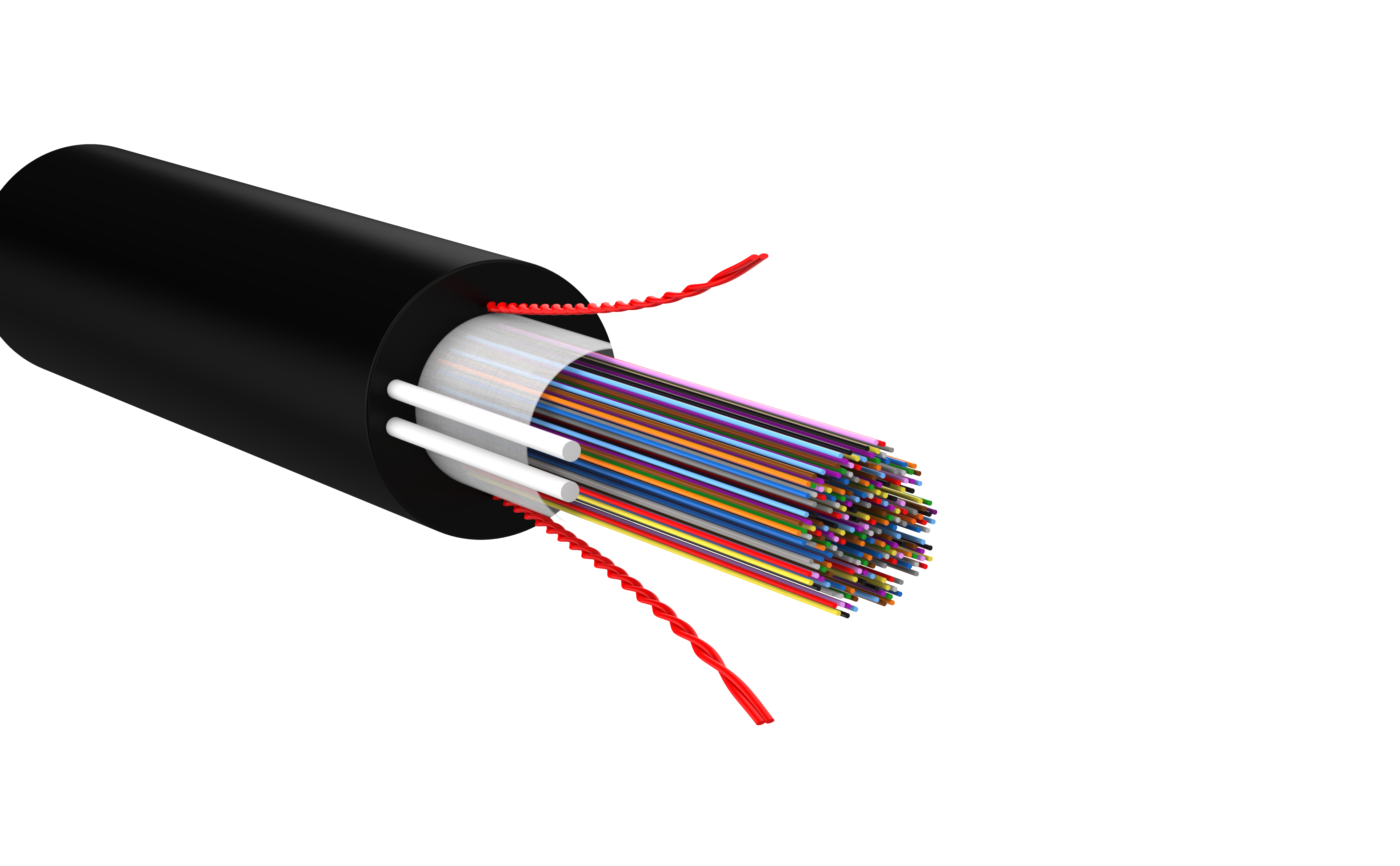Outside plant cable designs are tailored to the specific application. In OSP installations, cables may be underground, direct buried, aerial or submarine.
Underground Cable
Conduit and innerducts are generally used for installation of underground cables. These OSP cables are made to withstand high rated values of tensile strength, and may need lubricants to help reduce friction for longer pulling distance. Automated pulling equipment and breakaway swivel can be used to protect the cables. For very long runs or conduit with more bends, intermediate pulls may be needed. Intermediate pull is when cable is pulled, stored temporarily via figure 8 configuration and then pulled again. Another more advanced option is blowing or jetting cables with lighter weight into duct lines using air.
Direct Buried Cable
Direct buried cable is placed directly in the ground without any conduit. This type of cable must be rugged and armored to withstand the rigors of being buried in dirt and rocks hence the cables need to withstand higher crushing force. On top of crush resistance, direct buried cables face the challenge of rodent chewing. However, direct burial is generally limited to areas with loose soil and few rocks to minimize the difficulty encountered during trenching or plowing.
Splices of both underground and direct buried cables are usually kept in a pedestal above ground or in an underground vault. Sufficient excess cable must be taken into consideration in the planning stage, to simplify splicers’ operations.
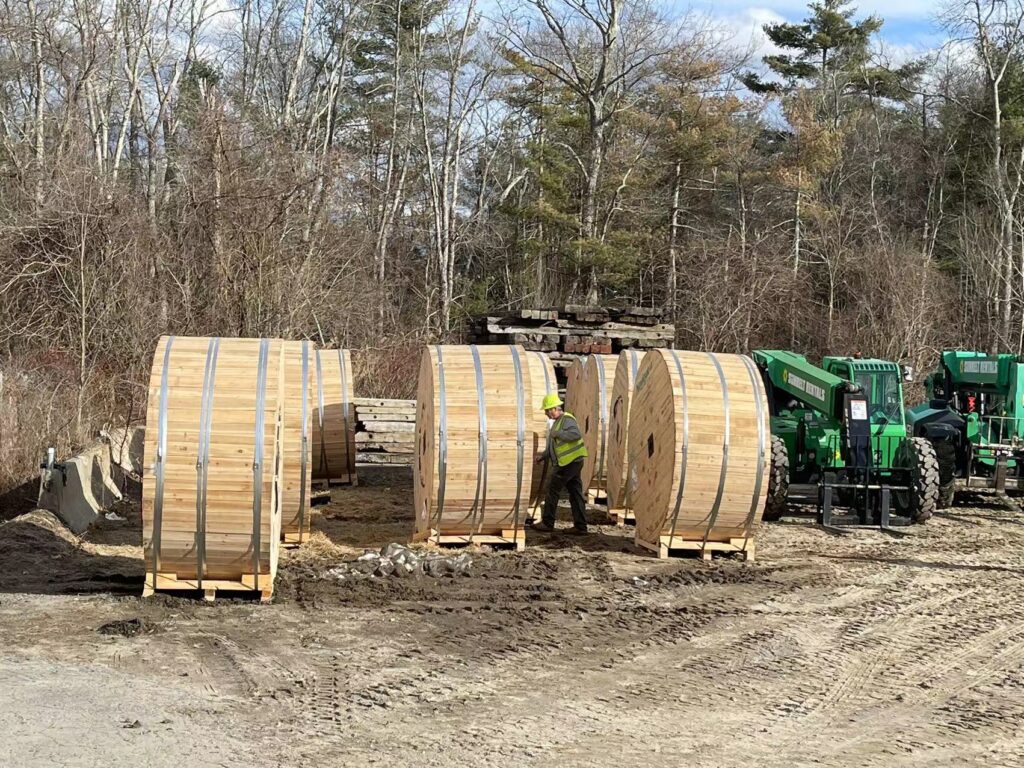
Aerial Cable
Aerial fiber optic cables are a type of fiber optic cable that is designed to be suspended between utility poles or other structures. They can be categorized into two main types. The first is lashed, where the fiber cable can be either lashed to heavy coax already in place or designed with a steel messenger wire that provides the strength to withstand tensile force needed on the cable. The second type is self-supported. A typical cable type is called all dielectric self-supporting cable (ADSS), they incorporate dielectric strength members to support the cable without requiring a messenger.
While most splices of aerial cables are done on the ground, in some cases, the splicers can be supported on the cables, or placed on poles. Sufficient excess cable is required for splicing, and the excess cable can be stored or coiled using commercially available hardware.
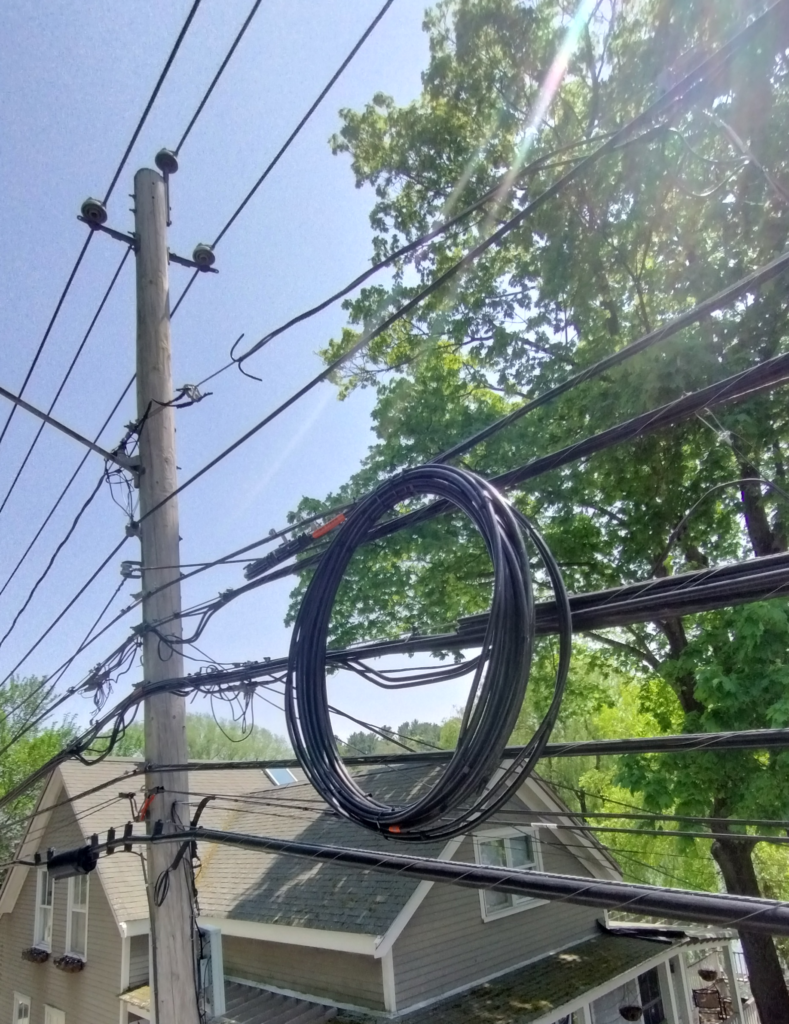
Submarine/Underwater Cable
Submarine cables are cables laid on the seabed between land-based stations to carry telecommunication signals across stretches of ocean and sea. This type of cables needs to be more rugged than common OSP cables and sealed completely. Landings on the shore should be carefully planned to prevent damage. This can be done by burying the cable close to shore and marking the landing site with visible markers. Submarine cables are laid using a variety of methods, including ships, submarines, and even balloons. The method used depends on the depth of the water and the length of the cable. Once the cable is laid, it is buried in the ocean floor to protect it from damage.

